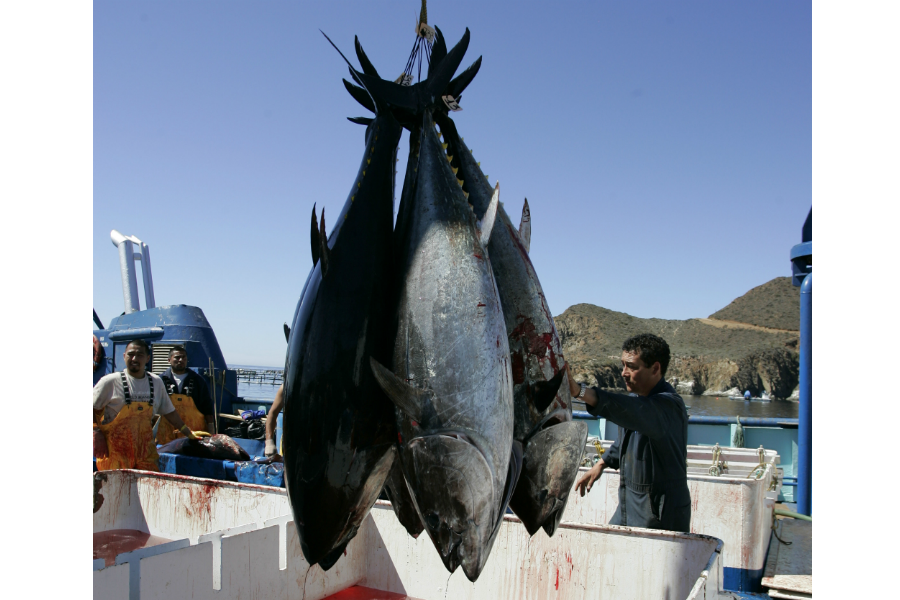There is something fishy about seafood labels
Loading...
Recently, the nonprofit watchdog Oceana released a report cautioning consumers that their seafood may not actually be what the label reads. In fact, if the fish was purchased in a supermarket in the United States, there is a 28 percent chance it is mislabeled and a 16 percent chance the real species carries some level of conservation risk, threatened or close to becoming threatened as defined by the IUCN (International Union for Conservation of Nature and Natural Resources).
The U.S. government regulates the national seafood industry, but imported seafood has far looser standards, which according to Oceana, results in unchecked fraudulent mislabeling. While the global seafood industry raked in US$148 billion in 2014, there is not reliable information on the economic damage of mislabeling. Researchers from Oceana estimate the economic losses from illegal fishing are between US$10 and US$23.5 billion annually.
Oceana’s report found that 58 percent of mislabeled seafood carries a species-specific health concern including high levels of pesticides, environmental chemicals, and other toxins. These species compromise public health across borders and deny the sourcing transparency that many consumers have come to expect when they buy seafood. Mislabeling also has the potential to skew perception of species’ population health. When a meat frequently appears on restaurant menus and store shelves, consumers and scientists alike may reasonably assume that the populations are being maintained at sustainable levels when in fact they would benefit from stricter conservation. Oceana found that half of the populations fished have never been adequately evaluated for conservation status.
Regulating the world’s oceans poses numerous challenges for policymakers, leading to a gap between what consumers expect and what large producers are consistently providing. In recent years, the transparency has shifted to individual companies, like Boston-based Red’s Best, which developed a real-time tracking software for its partner fisheries. Red’s founder Joshua Auerbach says that while he appreciates the need for greater awareness of seafood mislabeling, the goal of his software is quite simple—empower small fisheries to compete in the global market. “The globalized seafood industry is not in the best interest of the people of New England,” says Auerbach. “It’s all about source—people want to eat what is local and traceable,” noting that Red’s software, which allows fishers, distributors, and consumers to receive real-time sourcing information via QR code, does not directly address the mislabeling issue. It does, however, allow for transparent supply chains and thus fewer illegal fishing schemes. “We developed a data management tool to support small-boat American fisheries who offer customers an alternative to potentially shady imports,” says Auerbach.
In response to illegal fishing schemes, Oceana, Google, and SkyTech are planning to release the Global Fishing Watch program this fall. The program aims to hold seafood companies accountable to their customers by creating tracing technology for everyday use. Harnessing the already available Automatic Identification System (AIS) data that ships report regularly by law allows any user with an internet connection to access the current whereabouts of thousands of fishing boats across the world.
This story originally appeared on Food Tank.







